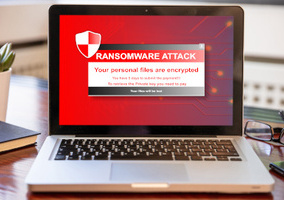The Charity Commission has updated its CC8 guidance to reflect the rise of digital payments and cryptocurrency donations.
The updated guidance, published yesterday, sets out the role strong internal financials controls can play in ensuring trustees can safeguard their charity’s assets and use them properly.
It now features sections on mobile payment systems, such as Google Pay and Apple Pay, donations of cryptoassets and an updated checklist to help trustees review internal financial controls.
The Commission also refreshed current advice on risks when holding public collections and fundraising events, making payments to related parties and operating overseas.
Digital payments and cryptoassets
The Commission said the updated guidance is “more concise, clearer and covers issues that were not in existence or widely relevant to the sector” when first published in 2012.
On mobile payment systems, it said that trustees “should have the same controls in place as for payment by debit, credit or charge cards”.
Charities should stipulate in their policy on donations whether they accept donations of cryptoassets and how these are dealt with.
It warned charities of the risks associated with cryptoassets such as the volatility of their value and the lack of protection compared with traditional currencies or financial products.
Trustees have “a legal duty to manage your charity’s resources responsibly, including by implementing appropriate financial controls and managing risk,” the guidance said.
“Understand the risks of holding, and the limitations of using, cryptoassets before you accept donations of them. You should be certain you have the expertise to manage these risks carefully. If you hold any cryptoassets you should be prepared for them to lose their value.”
Updated guidance reflects ‘digital age’
Sam Jackson, assistant director of policy at the Charity Commission, said: “As more and more charities move to operate online and newer technologies are developed, such as the use of cryptocurrencies, trustees will need to navigate risks that might not have been previously considered.
“We have updated our guidance to reflect the digital age we all live in and worked hard to ensure it is clear and simple to use.
“We know there are many internal and external risks to consider which is why we have also updated our helpful checklist so that trustees can have informed discussions about the measures they need in order to best protect their charity’s assets and donations entrusted to them by the public.”
Related articles










